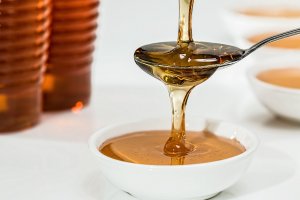What is the best substitute for Rice Malt Syrup?
Looking for a rice malt syrup substitute? Rice malt syrup, also known as brown rice syrup, is a natural sweetener made from fermented rice starch. It has a mild, pleasant flavor and is commonly used in baking, cooking, and as a sweetener in various recipes. If you need a substitute for rice malt syrup, you should consider the following options: Maple Syrup, Honey, Molasses, Agave Nectar, Date Syrup, Corn Syrup, or Sugar.
What is Rice Malt Syrup?
Rice malt syrup, also known as rice malt or brown rice syrup, is a natural sweetener derived from brown rice. It is made by fermenting cooked rice with enzymes to break down the starches into simpler sugars, primarily maltose. The process involves soaking the rice, cooking it, and then using enzymes to convert the starches into sugars.
The result is a thick, amber-colored syrup with a mild, pleasant flavor. Rice malt syrup does not have a strong taste like some other sweeteners such as honey or maple syrup. This makes it a versatile option for various recipes. It is often used in baking, cooking, and as a sweetener in beverages and desserts.
Rice malt syrup is particularly popular among individuals who are sensitive to fructose or looking for alternative sweeteners with a lower glycemic index. It contains maltose and complex carbohydrates, which are broken down more slowly by the body than simple sugars. This leas to a slower rise in blood sugar levels.
However, one thing to note is that while rice malt syrup is considered a natural sweetener, it is still a source of carbohydrates. It should therefore be consumed in moderation as part of a balanced diet. As with any sweetener, it’s essential to be mindful of the overall sugar intake. You should also consult with a healthcare professional if you have any specific dietary concerns or health conditions.
Okay, before we look at your rice malt syrup substitute options, let’s deal with that empty cupboard situation!
Where can I buy Rice Malt Syrup?
If you want to be more prepared and ensure you don’t run out of Rice Malt Syrup then you should stock up now.
We know it can be quite difficult to find Rice Malt Syrup as not everywhere stocks it, but you can always find it on-line. So why not jump on and place your order today.
STOCK UP NOW!
Rice Malt Syrup (Organic Brown Rice Syrup)
Natural, healthy alternative to other sweetners. Use in baking, as a sweetner in drinks, or create delicious tasting smoothies.
Certified USDA Organic and Non-GMO.
What can I substitute for Rice Malt Syrup?
Here are some of the best ingredients to substitute the flavor and role that rice malt syrup provides in your recipes.
- Maple Syrup
- Honey
- Molasses
- Agave Nectar
- Date Syrup
- Corn Syrup
- Sugar
Rice Malt Syrup substitutes
Maple Syrup
Maple syrup can be used as a substitute for rice malt syrup in many recipes. However, since maple syrup has a distinct flavor and different sweetness level than rice malt syrup, there are a few things to consider when using it as a replacement. Here are some tips for using maple syrup as a substitute:
- Adjust sweetness: Maple syrup is generally sweeter than rice malt syrup, so you may need to use a slightly smaller quantity of maple syrup in your recipe. I suggest you start by using about 25% less maple syrup than the amount of rice malt syrup called for in the recipe. Then you can adjust the taste as needed.
- Flavor profile: Keep in mind that maple syrup has a distinct maple flavor, which can add a unique taste to your dish. While this can work well in some recipes, it might not be suitable for all dishes. Consider whether the maple flavor complements the other ingredients in the recipe.
- Consistency: Rice malt syrup is thicker and has a more viscous consistency than maple syrup. If the thickness is crucial for the recipe (e.g., in some baking recipes), you can try reducing the maple syrup slightly on the stovetop to thicken it before using it as a substitute.
- Baking adjustments: When using maple syrup in baking recipes, remember that it contains more moisture than rice malt syrup. Therefore you might need to adjust the overall liquid content in the recipe to maintain the proper consistency.
- Taste test: Before using maple syrup as a substitute in large quantities, it’s a good idea to do a small taste test to see how it affects the flavor of your dish. This will help you make any necessary adjustments before committing to the full recipe.
- Pairing with other flavors: Consider the other flavors in the recipe and how they interact with the maple syrup. For some dishes, the combination might work exceptionally well, while in others, it may be less desirable.
Ultimately, experimenting with maple syrup as a substitute for rice malt syrup can lead to delicious results. Remember to adjust the quantities and consider how the flavor will harmonize with the other ingredients in your recipe.
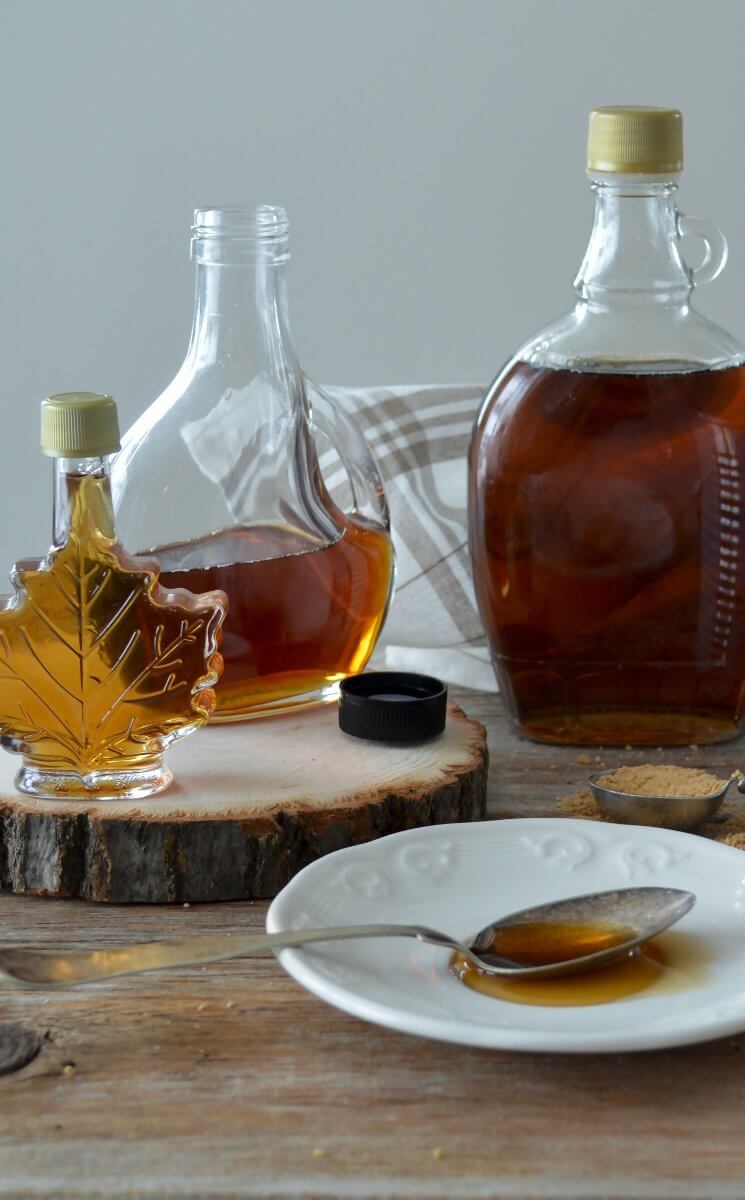
Honey
Using honey as a substitute for rice malt syrup can work well in many recipes. Honey is a natural sweetener with a distinct flavor, so it will add its unique taste to the dish. Here are some tips for using honey as a substitute for rice malt syrup:
- Flavor Profile: Honey has a more pronounced flavor compared to rice malt syrup, and it also has floral or herbal notes depending on the type of honey used and where it was obtained from (e.g., clover, wildflower, etc.). Consider whether the honey’s flavor complements the other ingredients in your recipe.
- Sweetness Level: Honey is generally sweeter than rice malt syrup, so you may need to use less honey than the amount of rice malt syrup specified in the recipe. I suggest you start by using about 25% less honey and adjust to taste as needed.
- Texture: Honey is a liquid sweetener, while rice malt syrup is thicker and more viscous. This difference in consistency may affect the texture of the final dish. If the thickness of rice malt syrup is crucial for your recipe, you can try reducing the honey slightly on the stovetop to thicken it before using it as a substitute.
- Baking Adjustments: When using honey in baking recipes, remember that it contains more moisture than rice malt syrup. Therefore, you might need to reduce other liquid ingredients (such as water or milk) in the recipe to maintain the proper consistency.
- Browning and Crispness: Honey can cause baked goods to brown more quickly due to its natural sugars. If you’re using honey in baking, you may need to lower the baking temperature slightly and keep an eye on the browning progress.
- Temperature Considerations: Honey can crystallize when exposed to colder temperatures. If you’re using honey in a cold or frozen dessert, you might want to consider warming it slightly to prevent crystallization.
- Health Considerations: Honey has health benefits but should be used in moderation due to its high fructose content. If you’re using honey as a substitute for health reasons, be mindful of your overall sugar intake.
- Pairing with Other Flavors: Consider how the flavor of honey will interact with the other ingredients in your recipe. In some cases, the combination can be delightful, while in others, it may not be the best fit.
As with any substitution, it’s a good idea to do a small taste test before using honey as a substitute in larger quantities. This way, you can adjust the amount or make other modifications to achieve the desired flavor and consistency in your dish.
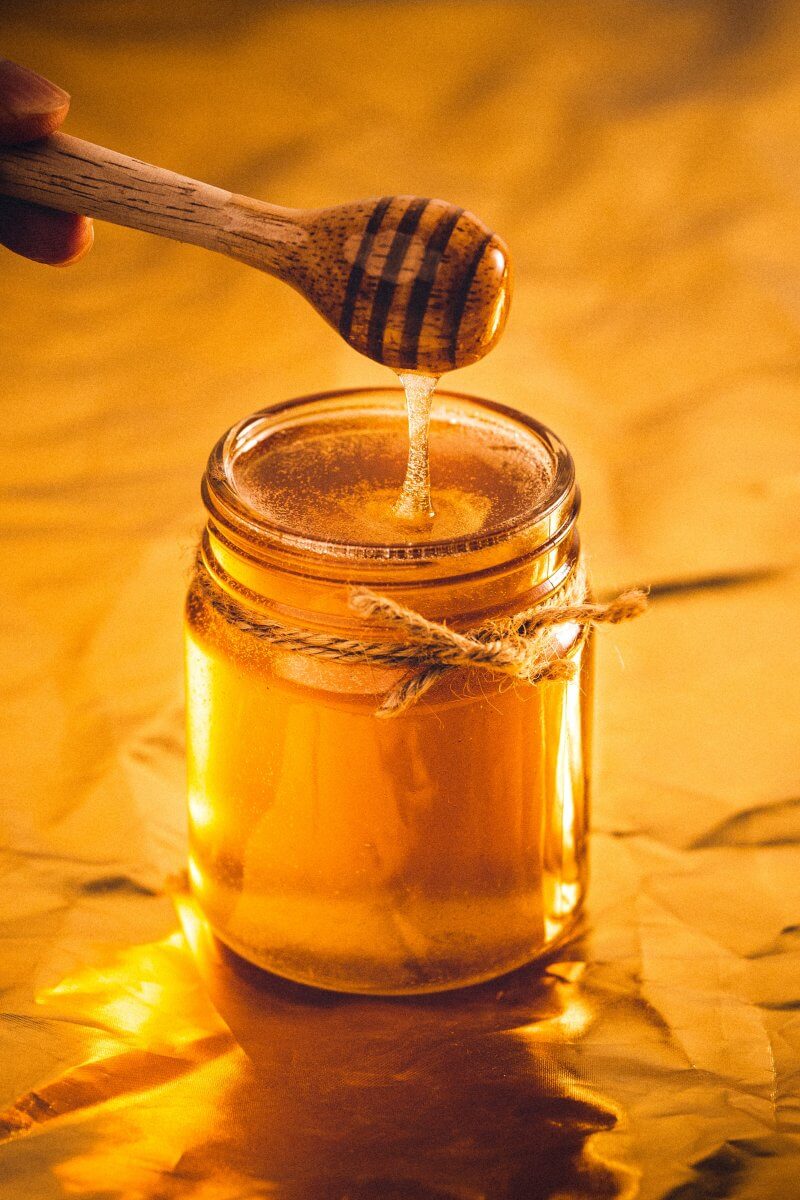
Molasses
Using molasses as a substitute for rice malt syrup can work well in some recipes, but there are some important factors to consider due to the significant differences in flavor and sweetness between the two sweeteners. Molasses has a robust, distinctive flavor, and it is much darker and less sweet than rice malt syrup. Here are some tips for using molasses as a substitute:
- Flavor Profile: Molasses has a strong, bittersweet flavor, which can be overpowering in some recipes. It’s best suited for dishes where its bold taste complements the other ingredients. Have a think whether the molasses flavor will work well with the overall profile of your dish.
- Sweetness Level: Molasses is not as sweet as rice malt syrup, so you’ll need to use more molasses to achieve the desired sweetness. Start by using about 1.5 to 2 times the amount of molasses compared to the amount of rice malt syrup specified in the recipe, and adjust to taste.
- Color and Appearance: Molasses is much darker than rice malt syrup, and using it as a substitute may darken the color of your dish. This may not be an issue for some recipes, but it’s something to consider, especially if the appearance of the final dish is essential.
- Texture: Molasses is thicker and stickier than rice malt syrup, which may affect the texture of your dish. If the thickness of rice malt syrup is crucial for your recipe, you can try thinning the molasses slightly with a small amount of warm water.
- Baking Adjustments: Molasses has a higher moisture content than rice malt syrup. If you’re using molasses in baking, you may need to reduce other liquid ingredients (such as water or milk) in the recipe to avoid making the batter too runny.
- Pairing with Other Flavors: Due to its robust flavor, molasses works well in recipes where its taste can shine, such as gingerbread cookies or barbecue sauces. However, it may not be the best choice for more delicate or mild-flavored dishes.
- Health Considerations: Molasses contains certain vitamins and minerals, making it a healthier option compared to some other sweeteners. However, like any sweetener, it should be consumed in moderation.
- Unsulphured Molasses: If possible, opt for unsulphured molasses, as it retains more of its natural nutrients and has a milder taste compared to sulfured molasses.
As with any substitution, it’s a good idea to do a small test before using molasses as a substitute in larger quantities. This way, you can adjust the amount and make other modifications to achieve the desired flavor and consistency in your dish.
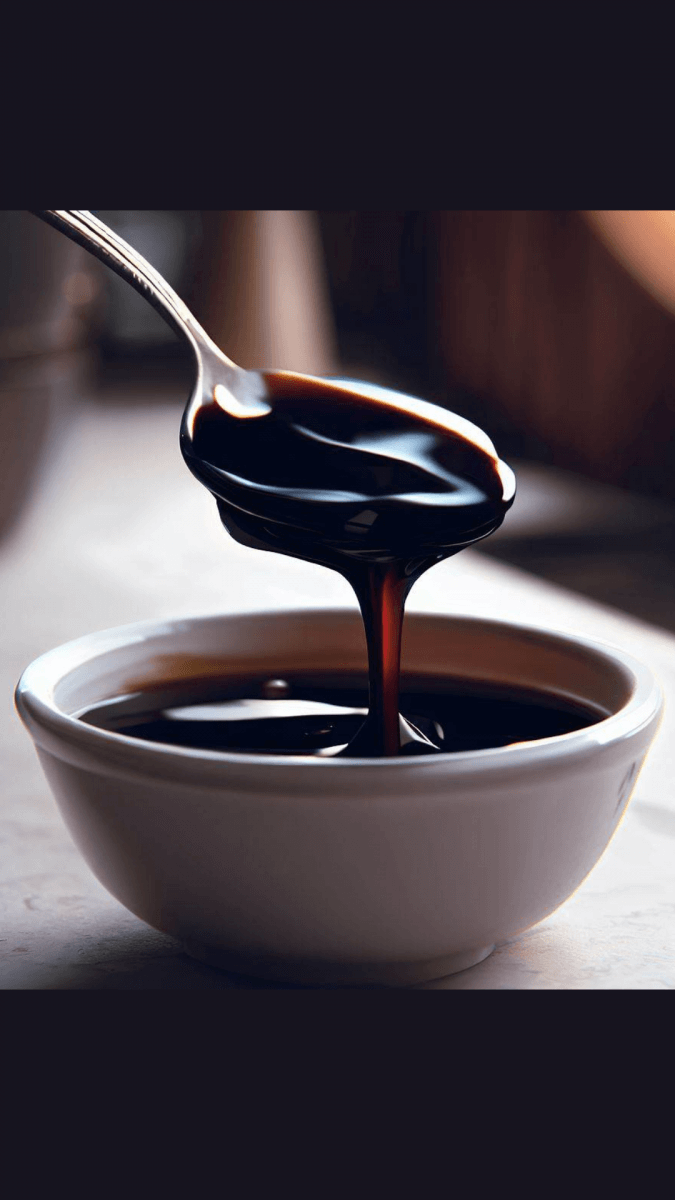
Agave Nectar
Using agave nectar as a substitute for rice malt syrup can be a viable option, especially if you prefer a liquid sweetener with a mild and neutral flavor. Agave nectar is sweeter than rice malt syrup, so some adjustments are needed when making the substitution. Here are some tips for using agave nectar as a substitute:
- Sweetness Level: Agave nectar is sweeter than rice malt syrup, so you’ll need to use less agave nectar to achieve the same level of sweetness in your recipe. Start by using about 25% to 50% less agave nectar than the amount of rice malt syrup specified in the recipe, and then adjust to taste.
- Flavor Profile: Agave nectar has a mild, neutral taste, which makes it a versatile sweetener that won’t overpower the other flavors in your dish. It lacks the distinctive flavor of rice malt syrup, so consider whether this neutrality complements your recipe.
- Consistency: Both agave nectar and rice malt syrup are liquid sweeteners, so their consistency is similar. You can usually use agave nectar in the same way you would use rice malt syrup in various recipes.
- Baking Adjustments: When using agave nectar in baking recipes, it contains more moisture than rice malt syrup. You may need to reduce other liquid ingredients in the recipe (such as water or milk) slightly to maintain the proper consistency.
- Health Considerations: Agave nectar is often considered a healthier alternative to some other sweeteners, as it has a lower glycemic index and a milder impact on blood sugar levels. However, like any sweetener, it should be used in moderation as part of a balanced diet.
- Pairing with Other Flavors: The mild flavor of agave nectar makes it suitable for a wide range of recipes, but it may not add any distinct taste to your dish. If you’re looking for a sweetener that imparts a specific flavor, you may need to consider other options.
- Adjusting for Color: Keep in mind that agave nectar is lighter in color than most varieties of rice malt syrup. This may not be significant for some recipes, but in others, it might affect the appearance of the final dish.
Agave Nectar is a great substitute for rice malt syrup – but check your cupboard and make sure it hasn’t already been used up to make up Margaritas!
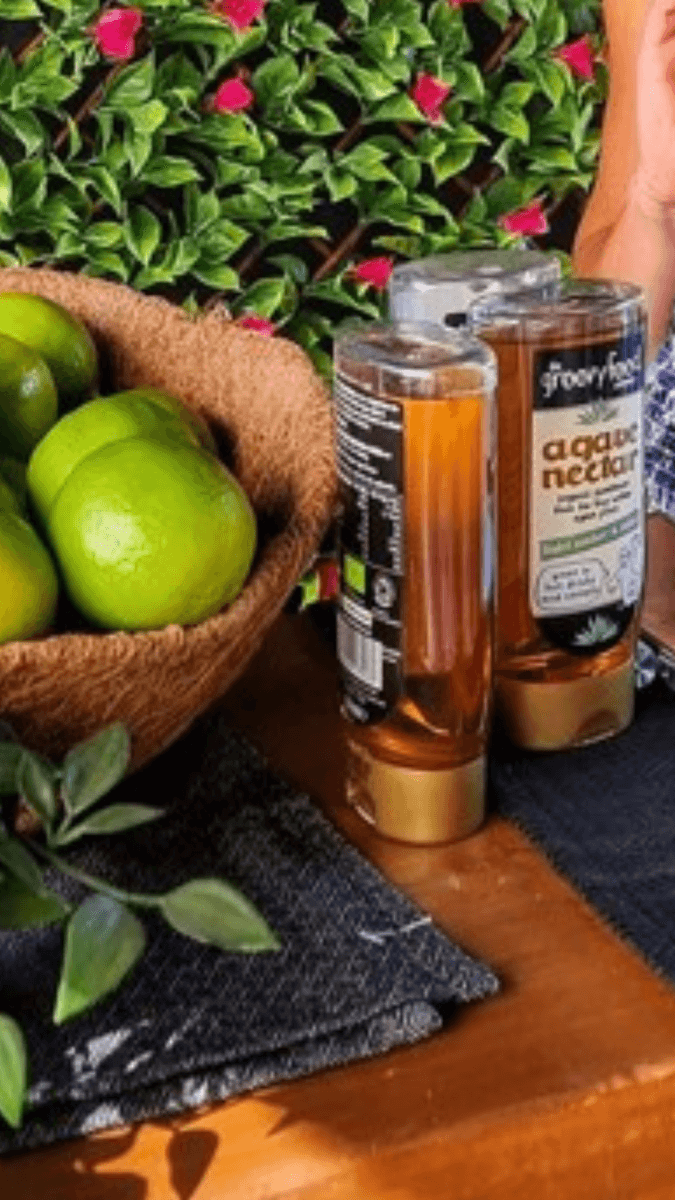
Date Syrup
Using date syrup as a substitute for rice malt syrup can be a delicious and nutritious option. Date syrup is made from dates and has a rich, caramel-like flavor that can add a pleasant taste to your dishes. Here are some tips for using date syrup as a substitute:
- Sweetness Level: Date syrup is sweeter than rice malt syrup, so you’ll need to use less date syrup to achieve the desired level of sweetness. Start by using about 25% to 50% less date syrup than the amount of rice malt syrup specified in the recipe, and adjust to taste.
- Flavor Profile: Date syrup has a distinct caramel flavor that can add depth and richness to your dishes. Consider whether this flavor complements the other ingredients in your recipe.
- Consistency: Both date syrup and rice malt syrup are liquid sweeteners, so their consistency is similar. You can generally use date syrup in the same way as rice malt syrup in various recipes.
- Baking Adjustments: Date syrup contains more moisture than rice malt syrup. When using date syrup in baking recipes, you may need to reduce other liquid ingredients (such as water or milk) slightly to maintain the proper consistency.
- Nutritional Benefits: Date syrup contains vitamins, minerals, and antioxidants naturally found in dates. It is also a source of natural sugars, fiber, and other nutrients, making it a healthier option compared to some other sweeteners.
- Pairing with Other Flavors: The rich caramel taste of date syrup can work well in many recipes, but it may not be suitable for all dishes. Consider how it will pair with the other flavors in your recipe.
- Color: Date syrup has a deep brown color due to the natural sugars in dates. This may affect the appearance of lighter-colored dishes, but in most cases, it should not be an issue.
- Texture: Date syrup is typically a bit thicker than rice malt syrup. If the thickness of rice malt syrup is crucial for your recipe, you can try thinning the date syrup slightly with a small amount of warm water.
- Health Considerations: Date syrup is a natural sweetener with nutritional benefits, but like any sweetener, it should be used in moderation as part of a balanced diet.

Corn Syrup
Using corn syrup as a substitute for rice malt syrup is possible, but it’s important to consider some key differences between the two sweeteners. Corn syrup is made from cornstarch and is primarily composed of glucose, whereas rice malt syrup is made from fermented rice starch and contains maltose and complex carbohydrates. Here are some tips for using corn syrup as a substitute:
- Sweetness Level: Corn syrup is sweeter than rice malt syrup, so you’ll need to use less corn syrup to achieve the same level of sweetness. Start by using about 25% to 50% less corn syrup than the amount of rice malt syrup specified in the recipe, and then adjust to taste.
- Flavor Profile: Rice malt syrup has a mild, neutral flavor, while corn syrup has a sweet taste with a subtle hint of corn. The difference in flavor may affect the overall taste of your dish, so consider whether the corn flavor complements the other ingredients.
- Consistency: Both corn syrup and rice malt syrup are liquid sweeteners with a similar consistency. You can generally use corn syrup in the same way as rice malt syrup in various recipes.
- Baking Adjustments: Corn syrup contains more moisture than rice malt syrup. When using corn syrup in baking recipes, you may need to reduce other liquid ingredients (such as water or milk) slightly to maintain the proper consistency.
- Color: Corn syrup is clear and colorless, while rice malt syrup has an amber hue. If the color of the final dish is essential for your recipe, consider the impact of using a colorless sweetener like corn syrup.
- Texture: Corn syrup is typically a bit thinner than rice malt syrup. If the thickness of rice malt syrup is crucial for your recipe, you can try thickening the corn syrup by reducing it slightly on the stovetop.
- Health Considerations: Corn syrup is mainly composed of glucose, which can cause a rapid rise in blood sugar levels. As with any sweetener, it should be used in moderation as part of a balanced diet.
- Replacement in Candy-Making: Corn syrup is commonly used in candy-making to prevent sugar crystals from forming. If you’re using it as a substitute in candy recipes that call for rice malt syrup, it may affect the final texture and consistency.
Always do a small taste test before using corn syrup as a substitute in larger quantities. This way, you can make any necessary adjustments to achieve the desired sweetness and flavor in your dish. Additionally, keep in mind that corn syrup is not always considered the healthiest option due to its high glucose content, so consider your dietary needs and preferences when making the substitution.
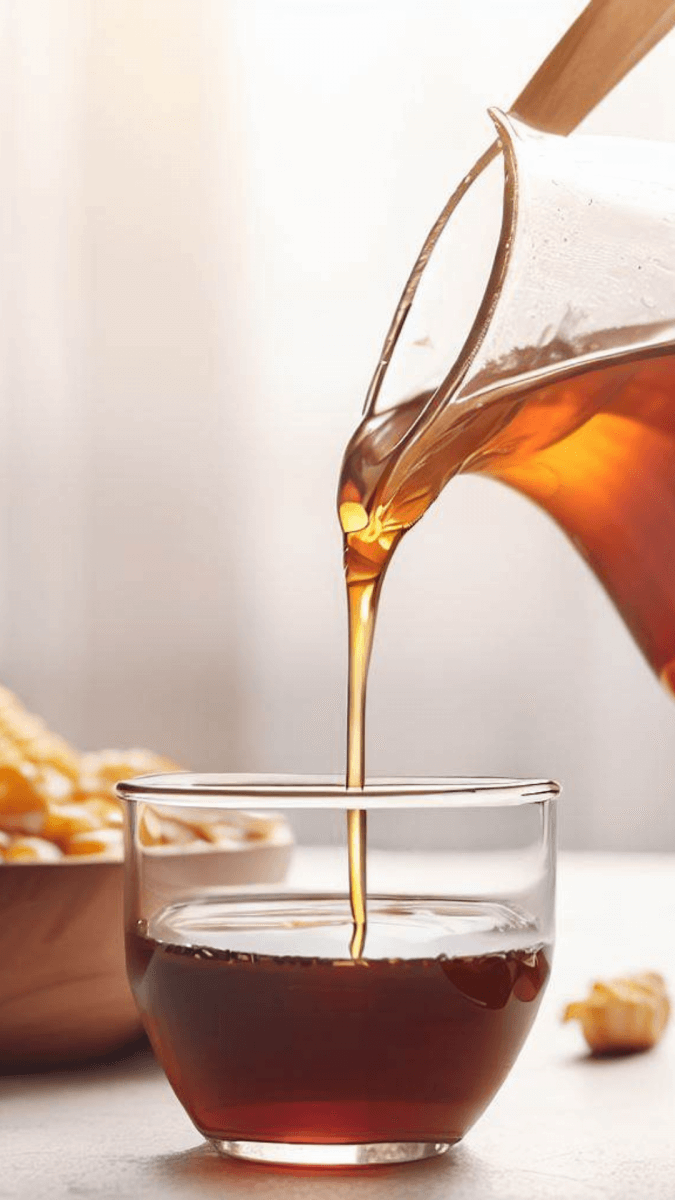
Sugar
Using granulated sugar as a substitute for rice malt syrup is possible, but it requires some adjustments in your recipe. Unlike rice malt syrup, granulated sugar is a dry, crystalline sweetener, so the consistency and sweetness level will differ. Here’s how you can use granulated sugar as a substitute:
- Sweetness Level: Rice malt syrup is less sweet than granulated sugar, so you’ll need to use more sugar to achieve the same level of sweetness. For every 1 cup of rice malt syrup, you can generally use 1 cup of granulated sugar. However, keep in mind that the texture and moisture content of your dish may change due to the difference in consistency.
- Consistency: Rice malt syrup is a liquid sweetener, while granulated sugar is dry. When using sugar as a substitute, you’ll need to account for the additional dryness. You can add some liquid to the recipe (water, milk, or other liquids specified in the original recipe) to compensate for the lack of moisture from rice malt syrup.
- Baking Adjustments: When substituting sugar for rice malt syrup in baking recipes, you may need to adjust the overall liquid content to ensure the batter or dough reaches the desired consistency. You might also need to modify the mixing process to ensure the sugar dissolves properly.
- Caramelization: Keep in mind that sugar can caramelize during baking or cooking, resulting in a different texture and flavor than rice malt syrup. If your original recipe calls for caramelization using rice malt syrup, the substitution may not produce the same results.
- Flavor Profile: Sugar has a simple, sweet taste with no distinctive flavor, unlike rice malt syrup, which has a mild malt flavor. The substitution may alter the overall taste of your dish.
- Health Considerations: Sugar is higher on the glycemic index than rice malt syrup, so it can cause a faster rise in blood sugar levels. If you’re considering the substitution for health reasons, be mindful of your overall sugar intake and any dietary restrictions.
- Candy Making: In candy-making recipes that call for rice malt syrup, using granulated sugar as a substitute may not yield the same results. Sugar crystallization can be different, affecting the final texture of the candy.
Before using sugar as a substitute for rice malt syrup, consider the specific recipe and how the different properties of sugar may affect the final outcome. Remember, you might need to adjust the liquid content, cooking times, and flavors to achieve the desired results. As always, it’s a good idea to do a small test or trial run before making the substitution in a larger batch.
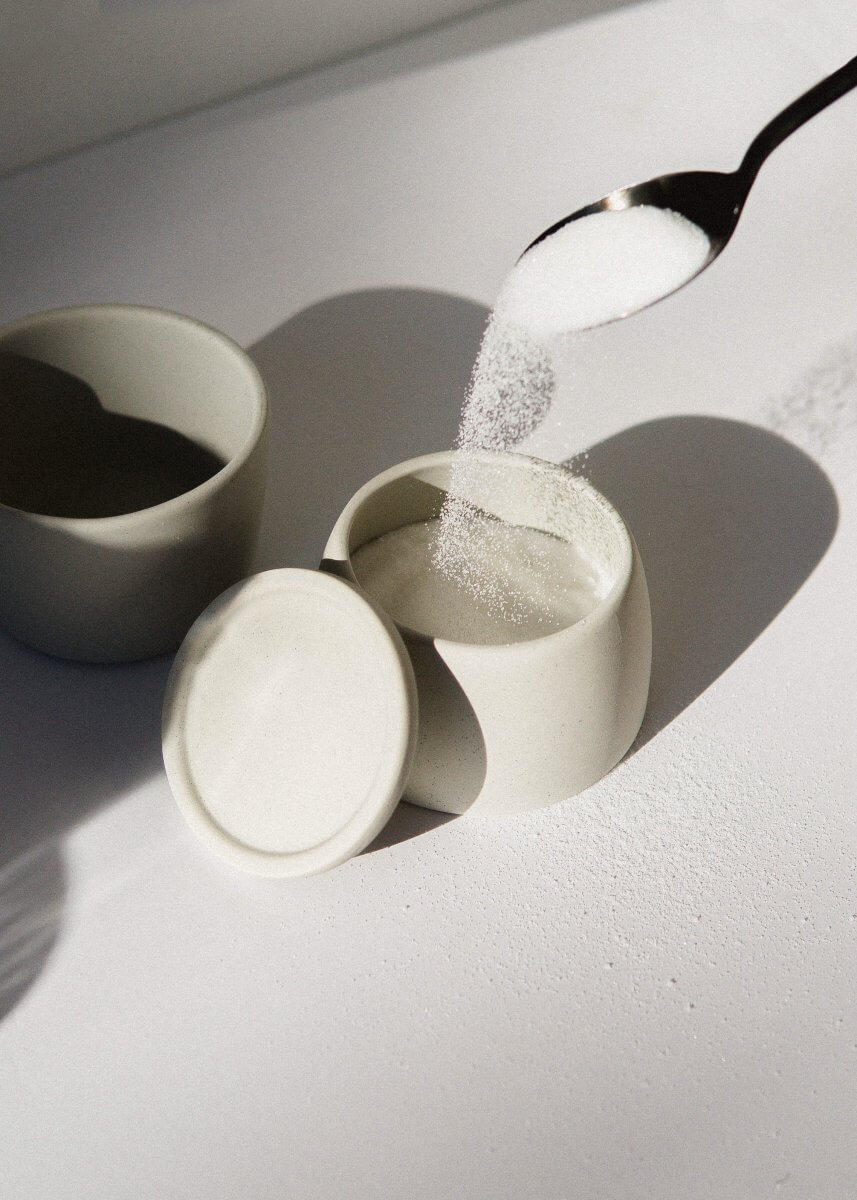
FAQs
Is rice malt syrup similar to golden syrup?
Rice malt syrup and golden syrup are pretty similar in terms of sweetness and texture, but they do have their differences. Rice malt syrup is made from fermented brown rice and has a more subtle, less intense sweetness compared to golden syrup, which is made from sugar cane or sugar beet. Golden syrup also tends to have a richer, more caramel-like flavor, while rice malt syrup is milder and a bit nuttier. Both work well as sweeteners in baking and cooking, but if you’re after that distinctive caramel flavor, golden syrup is your go-to. For a slightly healthier, less intense option, rice malt syrup is a great alternative.
What is the GI of rice malt?
The glycemic index (GI) of rice malt syrup is typically around 98. This is quite high, indicating that it can cause a rapid increase in blood sugar levels. Despite its high GI, some people prefer it over other sweeteners because it doesn’t contain fructose, which can be harder on the liver. However, for those managing blood sugar levels, it’s important to use rice malt syrup in moderation.
Summary for Rice Malt Syrup substitutes
Okay – that’s you all sorted with suitable substitutes for rice malt.
Using different substitutes for rice malt syrup can be a viable option depending on your recipe and flavor preferences. Here is a brief summary of the substitutes and their key considerations:
- Maple Syrup: A natural sweetener with a distinct flavor. Use about 25% less than rice malt syrup and consider its taste and moisture content in baking.
- Honey: A sweetener with a pronounced flavor. Start with less than rice malt syrup and be mindful of its thickness and browning in baking.
- Agave Nectar: A mild, neutral liquid sweetener. Use less than rice malt syrup and consider its impact on liquid content in baking.
- Barley Malt Syrup: A malt-flavored alternative. Offers a unique taste, but adjust for sweetness and potential impact on texture.
- Date Syrup: Rich, caramel-like sweetener. Use less than rice malt syrup and consider its pairing with other flavors.
- Molasses: Robust and bittersweet. Use less than rice malt syrup and consider its color and pairing with other ingredients.
- Corn Syrup: Primarily glucose-based. Use less than rice malt syrup, consider its sweetness and pairing, especially in candy-making.
- Granulated Sugar: Dry and sweet with no distinct flavor. Use more than rice malt syrup, adjust liquid content, and consider its impact on texture and caramelization.
Remember to do taste tests and small trials when substituting to achieve the desired results in your recipes. Each substitute brings its own unique characteristics, and adjustments may be necessary to maintain the integrity of your dishes.
We have gathered together a lot more facts on ingredients such as herbs, spices, oils, nuts, etc. if you would like to learn some more.
